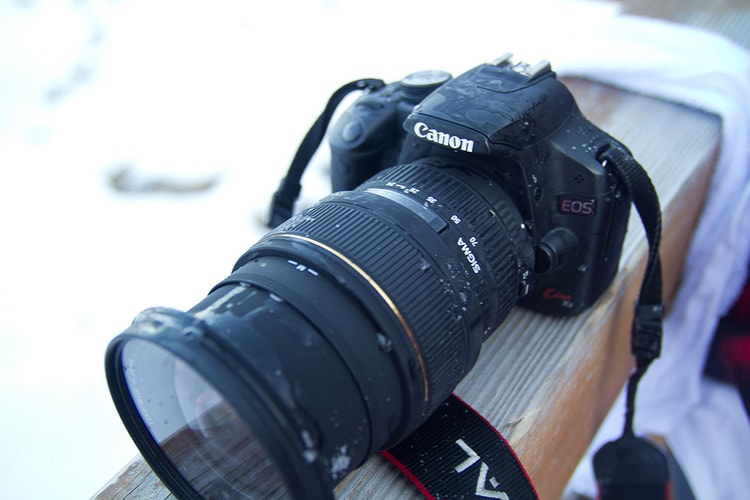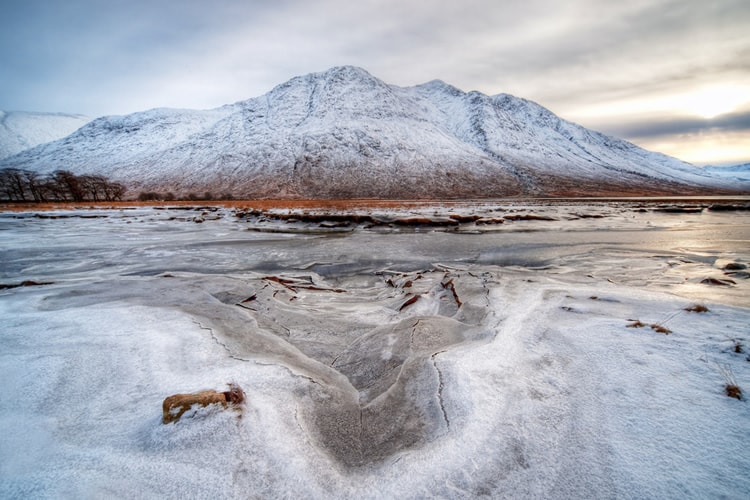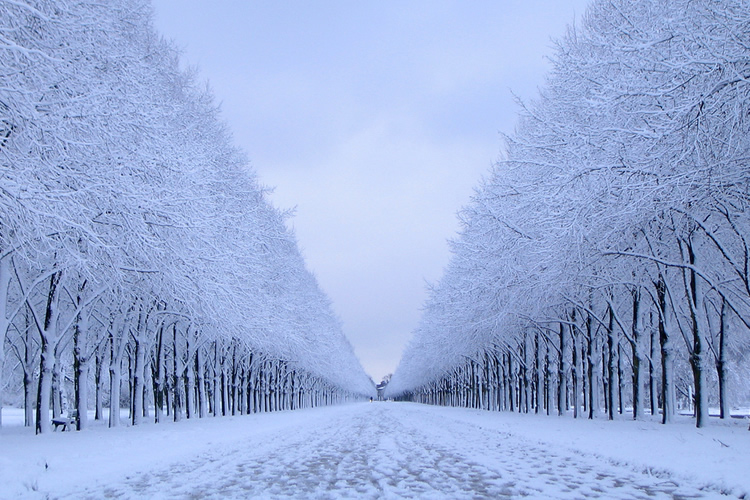6 Killer Tips For Taking Amazing Winter Photographs
Just because it’s winter, doesn’t mean it’s time to pack your camera away! While many photographers dread the long winter months, winter is a great time for taking some spectacular images.
True, wintertime photography can be challenging, but it also presents photographers with the chance to take some unique photos that have a special depth and beauty all their own. Ready to get out and go? Here are some tips to help you overcome any challenge that winter may throw your way!
Dress Warmly

image by Finding Josephine
Layers of clothing and a waterproof jacket are essential. Bring a hat and a scarf, and to avoid freezing your fingers, make sure you bring gloves. Fingerless gloves that double as mittens will keep your hands warm, while still allowing you to adjust the settings on the camera. And for those of us who are in especially snowy conditions, an extra pair of warm socks is essential after trudging through all of that deep snow!
Camera Prep

image by Naoharu
Winter presents a set of challenges for your camera as well. Before you head out, make sure your camera is prepared for the cold weather. Winter camera essentials include a UV filter, to protect the lens, and an extra rain cover to protect your camera. Bring a lens cleaning cloth to keep moisture off your lens, and of course, a camera strap as an important precaution in case your camera slips out of your hands.
Some photographers leave their camera in the garage for 20 minutes before heading out into the cold. This helps the camera to adjust to the outside conditions more gradually. Another pro tip is to bring a one-gallon zip lock bag. Sealing your camera inside the bag before you head back inside can help to prevent condensation.
Know When to Go
Many landscape photographers recommend heading out just after a winter storm. Photographing a storm while it is clearing up is a good time to capture the storm’s intense nature. The spectacular lighting that can be found after a winter storm can also create some dramatic and beautiful shots.
For portraits or for nature shots, it’s usually best to choose a time when the weather isn’t too dramatic. Heading out in the middle of a snow blizzard probably isn’t the best idea! Additionally, taking portraits when there is bright sun reflecting off the fresh fallen snow can also present a photography challenge. It’s usually best to wait until it’s slightly overcast, as this light will create a “soft box” effect, producing evenly lit subjects. During a light snow, or just after a fresh layer of snow has fallen are also ideal times to capture portraits or nature shots.
Another great thing about winter photography is capturing dramatic winter sunrises. Plan ahead, and get up early –winter sunrises don’t last long!
Adjust Your Settings

image by Andy Boreham
Wintertime lighting conditions are unpredictable, meaning that adjusting your settings for the photo opportunities at hand requires some quick thinking! But don’t worry, with a little practice, correcting your settings will become second nature to you. Here are some things to watch for when adjusting your settings for snow.
-
Exposure
Due to the camera’s tendency to meter off the bright white snow, winter photography is often underexposed. Thankfully, there’s a simple way to combat underexposure. When faced with an underexposed photo, adjust your exposure dial up +1 or +2 and see what happens. Or, you can use your camera’s histogram to check the exposure.
-
Shutter Speeds
Experimenting with different shutter speeds can create some fun effects with winter photography. You can use a tripod and slow shutter speed, such as 1/15, to create all kinds of interesting photos. This works great for blurring running water, or creating streaking effects with falling snow. Of course, if the wind is blowing the trees or snowflakes in your photo, you will need to use a faster shutter speed.
-
White Balance
Snow that is in the shade often appears blue in photos. Adjusting your white balance setting to “shade” can often help to reduce this blue colorcast.
Consider Your Composition

image by akzidenzsetzer
Composition is what makes or breaks the photograph. With winter photography, the abundance of monochrome and dreary weather make it especially important to get creative with your compositions. Avoid unnecessary, negative space in your photos. Look for things such as trees, fences, or rocks to break up the snow and add contrast to your photos.
Add some color into portraits, or look for colorful subjects that contrast against the backdrop of white to add some life into your winter photos.
Use white space to your advantage. A white background can help to create clean striking images. You can incorporate the white background into your photo, or zoom in for a closer, cleaner shot.
When doing winter landscapes, look for things to incorporate into the foreground to add depth and interest to your photo.
Remember the rule of thirds and avoid placing the horizon line directly in the middle of your photos. The same thing applies for subjects. Generally, photos look better when the elements are placed on the thirds sections of the photo.
Combat the Challenges

-
Plan ahead
Since winter daylight hours are fast and fleeting, it’s a good idea to scout out locations to shoot ahead of time. Make a plan early, and try to get out there before the light is gone!
-
Watch the flash
A flash will tend to bounce off snow and create overexposed photos. If it’s snowing, the flash will turn the snowflakes into floating balls of light that won’t be very appealing. If you do use the flash, be sure to bounce it effectively, or use a fill flash.
-
Look for the light
Winter’s light can change rapidly. Keep a close eye on the changing light in order to adjust your camera settings and angles. Some of the best winter scenic shots tend to be taken early in the day while the light is golden. For the best exposure with portraits try to shoot with the sun to the side of your subjects during morning and evening, and with the sun behind you during the middle of the day.
Many photographers find it hard to get motivated to go out into the cold, wet weather. But while winter photography has its challenges, it also presents amazing opportunities to learn new techniques and to grow your skills.
Your reward for braving the winter conditions? Dreamlike photos with a depth and drama that summertime shots just don’t have. Some of the most stunning examples of photography are taken during the winter months.
Don’t make the mistake of leaving your camera indoors this winter, head out to explore and find your own fantastic winter wonderland!
